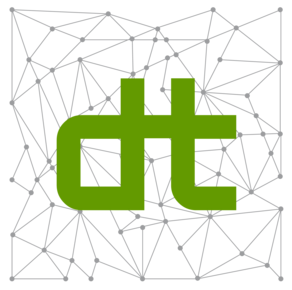Impact, Implementation and Regulation of Agility in Teams and Organization
Agile approaches have established themselves as key methods in software development and beyond over the last few decades. Originally developed as a response to the rigid structure of traditional project management approaches, agile offers flexible and adaptable frameworks that enable teams to respond more quickly to change and continuously deliver value. At the heart of the agile methodology are small, autonomous teams that work closely together and go through iterative development cycles.
This master's thesis aims to investigate different aspects of agility in organizations, with a particular focus on group structures and the challenges and opportunities in the context of scalability and regulation.
Possible research focus:
-
Group structures and team dynamics in agile environments:
-
Investigating the composition and interaction of agile teams.
-
Analysis of the distribution of roles and communication within teams.
-
Comparison of different agile methods (e.g. Scrum, Kanban) and their influence on team dynamics.
-
Influence of agile methods on the anchoring of the employee in the organizational and team structures.
-
-
Scalability of agile methods:
-
Strategies for scaling agile practices to larger organizations.
-
Challenges and solutions when implementing agile methods in large teams and organizations.
-
-
Regulation and compliance in agile projects:
-
Examining the adaptability of agile methods to regulated industries (e.g. finance, healthcare).
-
Analysis of best practices to ensure compliance when applying agile methods.
-
Case studies on the successful integration of agility.
-
-
The influence of organizational structures on agility:
-
Investigating how different organizational structures influence the implementation and success of agile methods.
-
Identification of obstacles and drivers for agility in different contexts.
-
Analyzing the integration of new technologies such as artificial intelligence and machine learning into agile practices.
-
Research methods:
The following research methods, for example, can be used for the work:
- Primary data collection (interviews or surveys of companies or management consultancies)
- Analysis of secondary data
Requirements:
This topic is aimed at students of economics or related subjects, such as industrial engineering or applied computer science, who have the following requirements:
- Interest in current research on agile projects and IT work
- Understanding of agile project management concepts
- High degree of independence and personal responsibility
- Experience with scientific research methods and analytical skills
Literature:
- Setor, T.K. and Joseph, D. (2022) “When Agile Means Staying: A Moderated Mediated Model”. Journal of Computer Information Systems, 62 (1), 186–195.
- Conboy, K. (2009) “Agility from First Principles: Reconstructing the Concept of Agility in Information Systems Development”. Information Systems Research, 20 (3), 329–354.
- Gemino, A., Horner Reich, B., Serrador, P.M. (2021) “Agile, Traditional, and Hybrid Approaches to Project Success: Is Hybrid a Poor Second Choice?” Project Management Journal, 52 (2), 161–175.
- Serrador, P. and Pinto, J.K. (2015) “Does Agile work? — A quantitative analysis of agile project success”. International Journal of Project Management, 33 (5), 1040–1051.
- Campanelli, A.S. and Parreiras, F.S. (2015) “Agile methods tailoring – A systematic literature review”. Journal of Systems and Software, 110, 85–100.
- Cao, L., Mohan, K., Xu, P., Ramesh, B. (2009) “A framework for adapting agile development methodologies”. European Journal of Information Systems, 18 (4), 332–343.
- Huck-Fries, V., Nothaft, F., Wiesche, M., & Krcmar, H. (2023) “Job satisfaction in agile information systems development: a stakeholder perspective”. Information and software technology, 163.
- Wiesche, M. (2021) “Interruptions in agile software development teams”. Project management journal, 52 (2), 210–222.


